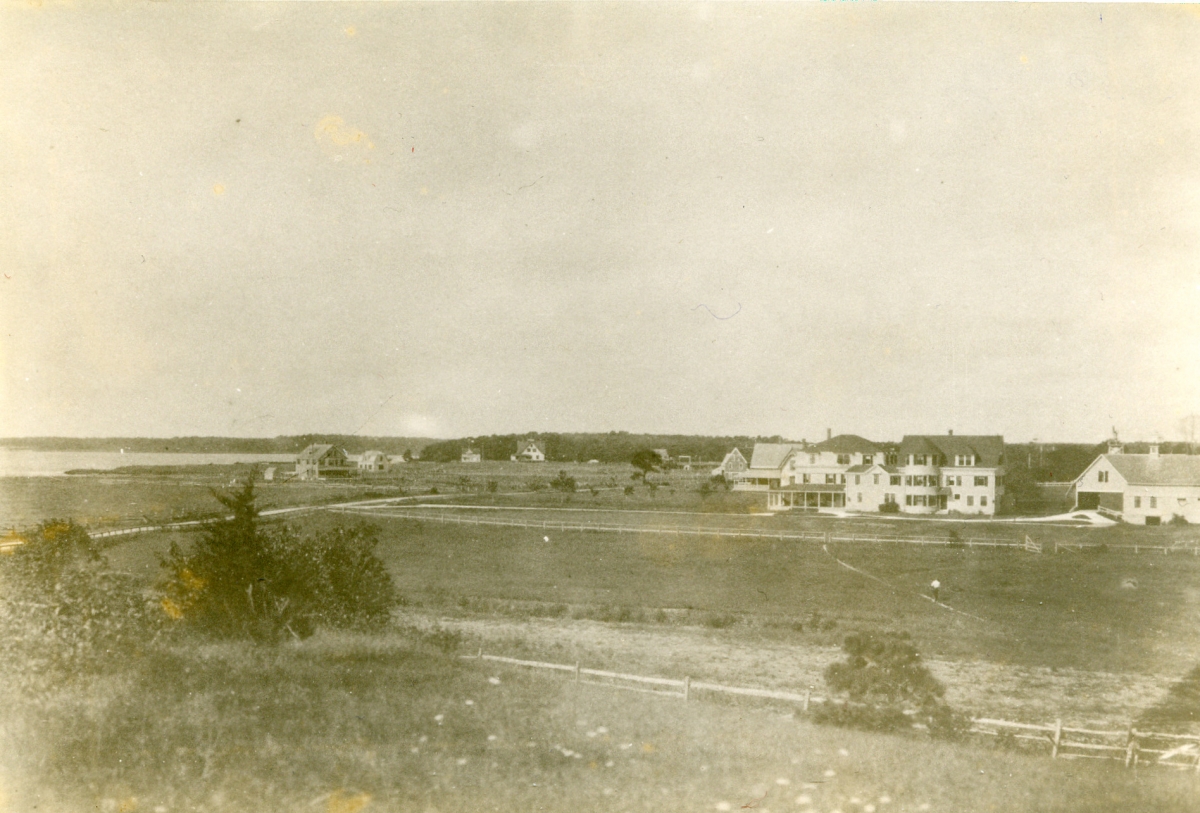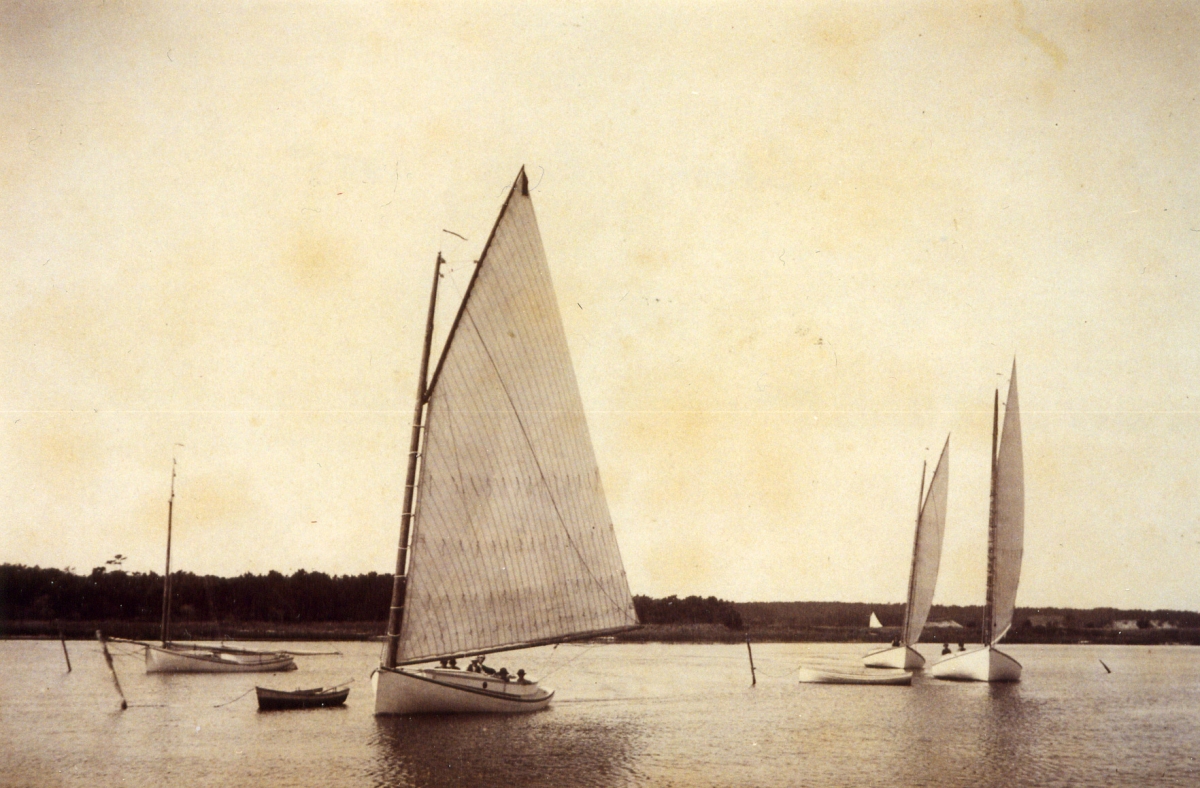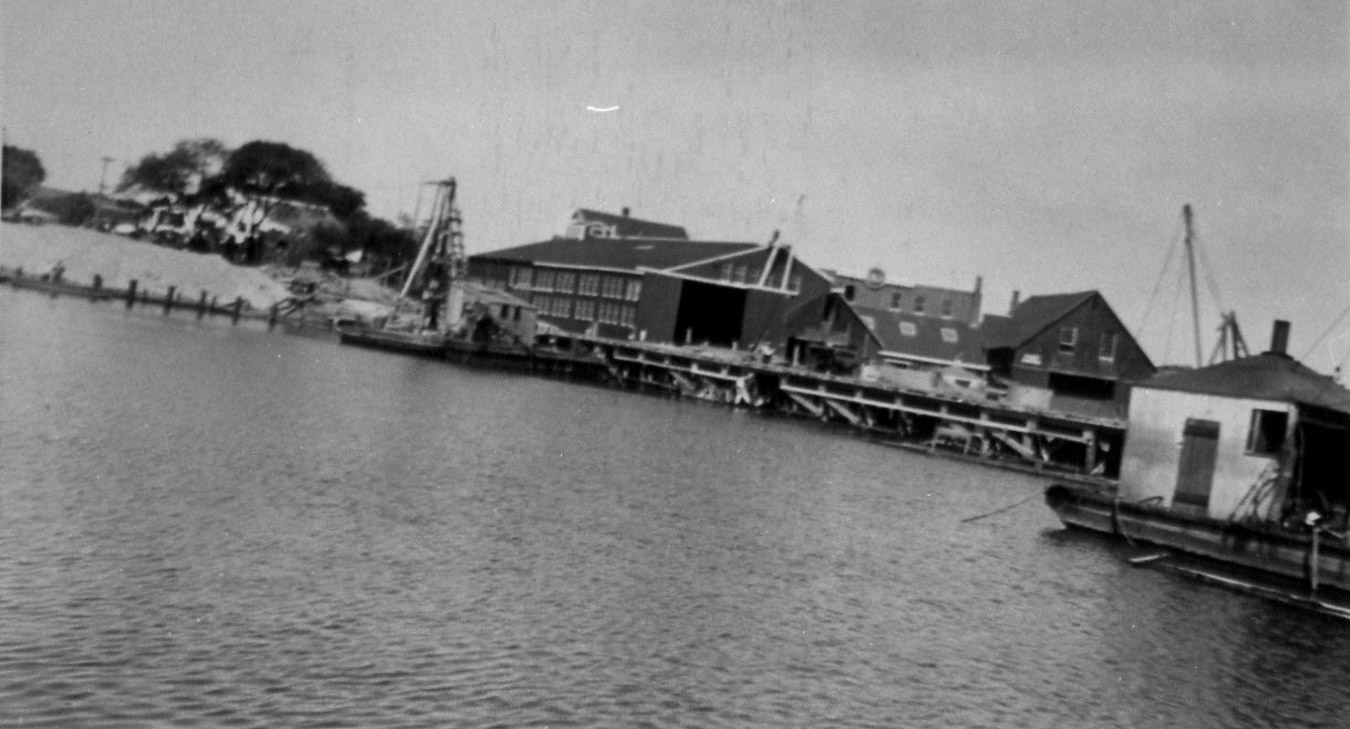THE CROSBY BOATBUILDERS
OF CAPE COD
Talent, work ethic, integrity and exceptional
customer service.
Brad Crosby, who began working in his family boatyard at age 11, was once asked why he built boats. He smiled broadly and replied, “I just love wood.”
For eight generations, over 50 Crosby family members have loved working with wood – designing, building, restoring, repairing and maintaining wooden boats on Cape Cod. As one of the longest running family businesses in the country, the Crosby builders are known for their talent, work ethic, integrity and exceptional customer service.
THE LEGACY BEGINS
This great love for wood began in 1744, when Jesse Crosby, at age 11, moved from his family home in Brewster on Cape Cod, 20 miles to a relatively new town, called “Chequaquet,” meaning “pleasant harbor,” or “village by the sea” by the local Wampanoag Indians, to work as an apprentice for his uncle Jesse Lewis. Little is known about Jesse’s abilities as a boatbuilder, but several of his children had such great skill, they inspired a local ditty:
Below the hill there was a mill,
For want of water it stood still,
And when it turned it made no noise,
Because ’twas built by the Crosby boys.
Their abilities also extended to boatbuilding. Records from that time are scant, but it is known that two of his children, James and Samuel, built boats in their hometown, now renamed Centerville. Jesse’s oldest son Nathan, in 1795, moved to a town just over a footbridge from Centerville, called Osterville and built vessels in the marshes of a small bay called East Bay. Three years later, Jesse’s sons, Daniel and Jesse II, also established a shipyard in that same town, signing a 60-year lease for $9 dollars, for a piece of land on nearby North Bay.
In later years, Jesse moved to Nantucket to work as a ship’s carpenter and Nathan eventually closed his shop, but Daniel purchased a piece of land next to his original site and built more than 75 boats for local clients.
GHOST FROM THE PAST
Daniel’s son, Andrew, followed in his father’s footsteps, probably starting as an apprentice in his father’s shop, around 1806. It is speculated that, due to multiple depressions impacting the Cape’s maritime industry during the late and early 1800’s, the business began to shift from building seafaring schooners and packets to “No Man’s Land Boats,” small, two masted, double-ended boats with keels used by Cape Codders to fish local waters.
According to family folklore, one day Andrew travelled out of state and saw a boat that, instead of being keel driven, used a pivoting board, called a centerboard. He came home and worked alongside his young sons, Cornelius Worthington and Horace S. Crosby, to create a design for a boat, with a centerboard and more stable than the No Man’s Land Boat.
Unfortunately, before the Crosbys could begin work on this new design, Andrew died. The teenagers hoped to complete Andrew’s dream boat, but still new to the trade, struggled. They turned to their widowed mother, Tirzah, who invited a local medium to hold a séance in their home. Twice the medium was able to connect with Andrew, relaying wisdom from the world beyond, to the boys as they moved forward with their project.
At one point, the boys were struggling to bend ribs without breaking them; it has been said that Andrew’s spirit recommended that they cant the ribs to center of the hull; C. Worthington and Horace had great success with that technique and for many generations after, Crosby-built boats had canted ribs.
While the boys were building this new design, fishermen would visit the shop and laugh at this odd looking boat, with a sail high on the deck, a pivoting board and wide sides. C. Worthington and Horace ignored the fishermen’s taunts, secure that the design was blessed. On launching day, C. Worthington and Horace set sail on North Bay in their wide, stable sailboat and raced the fishermen’s narrow, double ended No Man’s Lands. That fat little 22-foot boat sailed one foot faster than any boat in that bay that day. Back at the shop, a yard worker looked out at the Crosby’s new design and stated, “She comes about as quick as a cat.”
And that, the Crosbys say, is how the first Crosby catboat was built.
AND THE BOYS KEPT BUILDING
By the late 1800’s, there were six Crosby shops stretching along the North Bay shoreline. C. Worthington was concentrating on sailmaking in his shop, his son, Charles, had a shop alongside him, and his other son, Daniel, and grandson, Ralph, built boats on the opposite shore. Horace’s son, Herbert F. had a shop a few yards away from C. Worthington, alongside the shop of his brother, Wilton. Their brother, H. Manley, built his shop further into the bay, and the final Crosby brother, Joseph, had joined him in building catboats for customers, locally, regionally, nationally and even for a few clients in Europe. An industrial revolution had descended on the United States and brought with it, the opportunity for Americans to have more leisure time and money. Summer colonies grew throughout the Cape and the Crosby boatbuilders continued to provide catboats to local fishermen but also developed more sleek catboats, fit for racing, as well as larger and broader designs, perfect for carrying tourists for day sails across Nantucket Sound.
ONE DESIGN FITS ALL
In the early 1900’s, yachtmen grew tired of the confusing calculations used to ensure different boats could compete equally. The concept of one-design racing, where all boats competing are identical or similar in design, came into vogue in the United States.
In 1913, a group of sailors from the Osterville-based Wianno Yacht Club approached H. Manley Crosby, and asked him to build a fast, stable one-design. The final design was admired by many at the club and as a result, the first fleet of Wianno Seniors were launched in the summer of 1914.
Just as the catboat is a design still admired by sailors across the world, the Crosby built and designed Wianno Senior has endured as a great design for clients interested in a fast boat that can also accommodate light cruising. Ned Crosby received rights to build the Wianno Senior in fiberglass in October, 2010 and is now the third generation Crosby to build these fast, beautiful racing and daysailing boats.
A LEGACY OF WORKMANSHIP
By the 1950’s, the six Crosby shops had been become two, while still spanning the North Bay shore on both sides of the Osterville drawbridge. The Crosby Yacht Yard, was owned by cousins, Wilton “Bill” and Bradford “Brad” with various cousins working that yard, and Chester A. Crosby and Sons, was owned by Ned’s grandfather, Chester “Chet” Crosby, with his sons, Chester “Bookie” and Edward “Eddie.”
Both yards were sold outside the family but the family still continues its legacy. E.M. Crosby Boatworks is located just a few miles away the original location of the first Crosby boatyard. Ned Crosby, the son of Eddie and owner of the business, builds and restores, just like all generations before him, good, solid and beautiful designs in wood. His cousin, Charlie Crosby, Bookie’s son, is on the crew as is Ned’s sister, Karen, who handles the administrative end of the business.
To date, 46 men and women, eight generations of Crosbys, have built boats for over 270 years. With E.M. Crosby Boatworks, the legacy of building in wood continues.












































